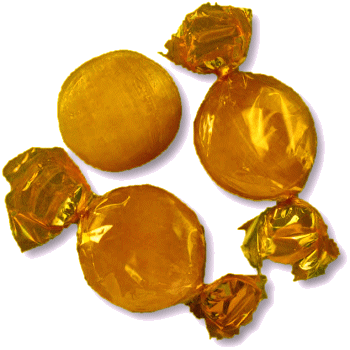




WELCOME TO An Entertainment Site for Scottish Country Dancers - Enjoy the curated selection of theme-related dances for celebrations and holidays, or find a dance associated with a special calendar day, or EVEN your own birthday!
The Battle of Culloden, David Morier, 1746
the Battle of Culloden, 1746
Apr 16
Other Scottish Country Dances for this Day
Today's Musings, History & Folklore
"Dark, dark was the day when we looked on Culloden
And chill was the mist drop that clung to the tree,
The oats of the harvest hung heavy and sodden,
No light on the land and no wind on the sea."
~ Culloden, Andrew Lang (1844-1912)
The Battle of Culloden, fought on April 16, 1746, near Inverness in the Scottish Highlands, marked the definitive end to the Jacobite Rising of 1745. This brutal confrontation pitted the Jacobite forces of Charles Edward Stuart, "Bonnie Prince Charlie," against the loyalist troops commanded by the Duke of Cumberland, representing the British government. The battle was notably quick, lasting only about an hour, but it was exceedingly bloody and decisive. The Jacobites were overwhelmingly defeated, suffering great losses, which effectively crushed their rebellion and ended any serious attempts to restore the Stuarts to the British throne. The aftermath of Culloden was grim, as repressive measures and brutal retributions were imposed on the Scottish Highlanders, aimed at obliterating the clan system and suppressing Gaelic culture. This battle was not only a significant military event but also a cultural and historical turning point that reshaped the Scottish Highlands and its culture forever. Remember this historic day with this tribute strathspey marking the location of this last battle. 🖤
Culloden Moor
The last major battle to be fought on British soil, the April 16th, 1746 battle of Culloden was the final confrontation of the 1745 Jacobite Rising – an attempt to reinstate a Stuart monarch on the throne of Britain – and is today considered one of the most significant clashes in British history. It saw a Hanoverian government army led by the Duke of Cumberland, son of King George II, go head-to-head with the forces of ‘Bonnie Prince Charlie’, in a battle that lasted less than an hour.
Raising an army consisting mostly of Scottish clansmen along with smaller units of Irish and Englishmen from the Manchester Regiment, Charles' efforts initially met with success and at one point began to threaten London. However, a series of events forced the army's return to Scotland, where they were soon pursued by an army raised by the Duke of Cumberland. The two forces eventually met at Culloden, on terrain that made the highland charge difficult and gave the larger and well-armed British forces the advantage. The battle lasted only an hour, with the Jacobites suffering a bloody defeat. Between 1,500 and 2,000 Jacobites were killed or wounded in the brief battle.
Mythologized by poets, nationalists, and propagandists for various purposes, this battle and the historic pressures and contexts leading up to it have been reexamined by modern military historians.
In the aftermath, the British Government enacted laws further to integrate Scotland – specifically the Scottish Highlands – with the rest of Britain. Members of the Episcopal clergy were required to give oaths of allegiance to the reigning Hanoverian dynasty. Those lords and clan chiefs who had supported the Jacobite rebellion were stripped of their estates and these were then sold and the profits were used to further trade and agriculture in Scotland. The forfeited estates were managed by factors.
Anti-clothing measures were taken against the highland dress by an Act of Parliament in 1746. The result was that the wearing of tartan was banned except as a uniform for officers and soldiers in the British Army and later landed men and their sons.
For one modern historian's take on some of the myths surrounding this clash, click the memorial marker on the Culloden Moor.
Click the dance cribs or description below to link to a printable version of the dance!



